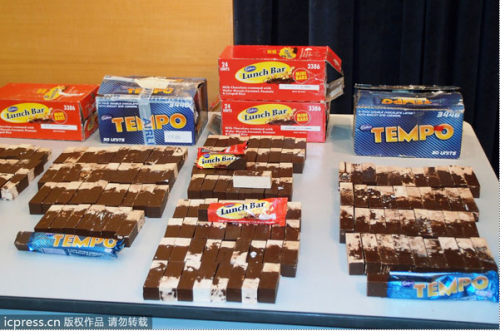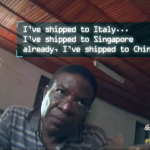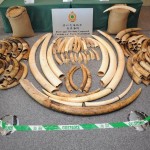
When is a chocolate bar not a chocolate bar? Sadly, when it is elephant ivory smuggled out of South Africa.
On July 17, 2013, two South African men were caught attempting to smuggle 34 kilograms (75 pounds) of elephant ivory into Macau. The heavy weight of “chocolate bars” inside their luggage aroused the suspicion of the Macau Customs Service. Soaking the “chocolate” in warm water revealed 583 pieces of ivory. According to The Macau Daily Times, the two ivory traffickers had arrived on a flight from Hong Kong. They were turned over to immigration services for further investigation.
However, the Macau incident is not the first time South Africa has been implicated in smuggling ivory concealed in chocolate. WWF reports that “between September and December of 2012, more than 90 ivory seals, known as name chops, were found concealed in chocolate packaging and recovered from South Africa to Taiwan”.
Crawford Allan, director of TRAFFIC North America, says nothing shocks him anymore — “especially at how far people will go to engage in illegal wildlife trade”.
Luckily, officials detected the ‘chocolate’ ivory before the traffickers turned a profit. Unfortunately, these incidents are not isolated, and trade in illegal wildlife continues to be a major global problem.
Since the CITES-approved one-off sale of stockpiled ivory in 2008 by Botswana, Namibia, South Africa, and Zimbabwe, an estimated 25,000 African elephants are massacred annually to feed the re-ignited appetite for ivory, particularly in China. The stockpile sale was touted by its proponents as a measure to stop the flow of illegal ivory by releasing legal ivory into the market, but has (unsurprisingly) had the opposite effect.




